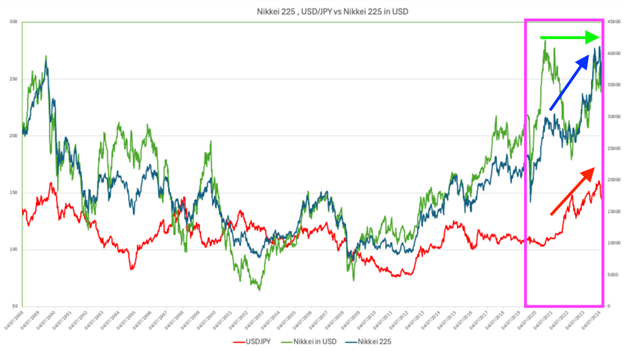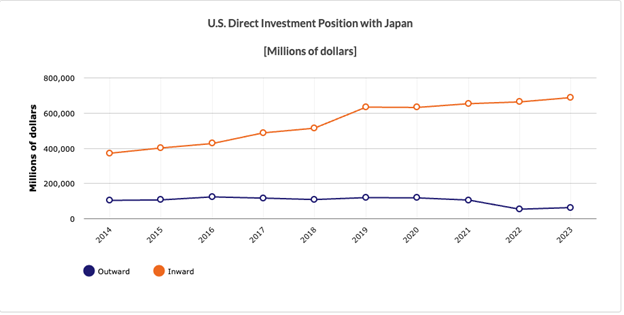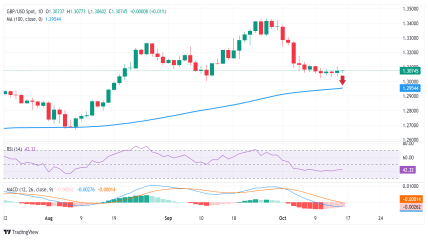Japan's delicate economy: Why the BoJ is cautious with rate hikes
Caption: Walking the tightrope: BoJ's strategy amid inflation and global challenges
The Bank of Japan kept interest rates unchanged on 20 September, with Governor Kazuo Ueda signalling no immediate need to raise them due to global economic uncertainty. Ueda said Japan's economy is performing as expected, with wage growth boosting consumption and inflation approaching the 2% goal.

A closer look: The weaker Yen and rising Nikkei 225
The rise in the Nikkei 225 to a new high by 2024 can be attributed to the weak yen, driven by the large interest rate gap between the US and Japan. With the Federal Reserve planning further rate cuts, the Bank of Japan must weigh the potential impact of tightening too aggressively, as seen in July when a rate hike to 0.25% led to an equity market drop. Since then, the BoJ has been cautious with rate increases, despite CPI now at 2.8%.
Before assessing the impact of a stronger yen, we must first examine how a weaker yen affects the economy.
Weak Yen’s impact on growth and production

The yen has weakened due to the interest rate gap between the US and Japan in recent years. Even since 2020, the Japanese government has encouraged companies in China to relocate back to Japan and Southeast Asia, but industrial production has not picked up. While Japan's real GDP in yen has increased, its GDP in USD has declined, indicating that growth is primarily driven by the weaker yen.

Tourism boom: An unexpected benefit of a weaker Yen
In July 2024, the number of international visitors to Japan reached a record 3,292,500, up 10.1% compared to July 2019, driven by the weak yen.

For further discussion of the Bank of Japan's interest rate strategy, refer to the article Monetary maneuvers: How Japan's decisions affect global markets. With rising interest payments, the BoJ has limited room for manoeuvre. The Fed’s rate policy and the strength of the US dollar will largely determine the USD/JPY exchange rate.

A weaker yen makes Japanese assets cheaper, attracting more funds and increasing foreign direct investment (FDI) into Japan.
Navigating the fragile banking sector
Japan’s regional banks are particularly vulnerable to interest rate increases due to the BoJ’s long history of negative and zero rates. A rapid rate hike could affect their investments.
According to Moody’s, regional banks may face higher valuation losses on bond investments, threatening profitability and capitalisation, similar to the Silicon Valley Bank situation. As a result, the BoJ is likely to raise rates cautiously.
Technical analysis

A bearish divergence between the MACD and USD/JPY has formed, with the pair below the 60-week moving average. Support levels are expected at 136 and 131. Unless USD/JPY closes above the 60-week moving average, it remains in a potential consolidation phase.
Conclusion
As global markets keep an eye on the BoJ's next moves, the central bank must juggle economic growth, inflation control, and financial sector stability. Its cautious rate strategy remains essential to avoid destabilising both Japan's banking system and broader economy.
https://one.exness-track.com/boarding/sign-up/a/uq2cbl5o/?campaign=18842











